
The Danish resistance movements were an underground insurgency to resist the German occupation of Denmark during World War II. Due to the initially lenient arrangements, in which the Nazi occupation authority allowed the democratic government to stay in power, the resistance movement was slower to develop effective tactics on a wide scale than in some other countries.
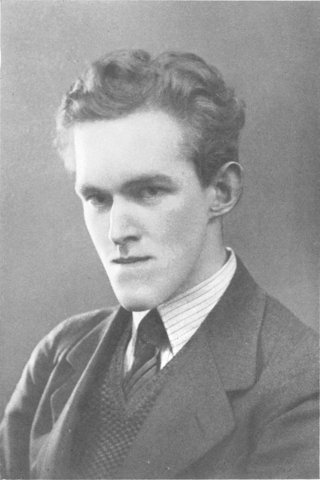
Georg Quistgaard was one of 102 members of the Danish resistance to the German occupation of Denmark in World War II who were executed following a court-martial.
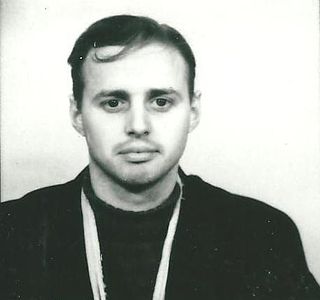
Jørgen Kieler was a Danish physician, remembered primarily for his participation in resistance activities under the German occupation of Denmark in the early 1940s. He was captured and was placed in a prison and Nazi concentration camps. Saved by the White Buses of the Bernadotte rescue, Kieler was treated for tuberculosis for two years after his release.

Marius Fiil was the inn keeper at Hvidsten Inn and a member of the Danish resistance executed by the German occupying power.

This Life is a 2012 Danish drama film based on the activities of the Hvidsten Group, a Danish resistance group in World War II.

Peder Bergenhammer Sørensen was a member of the Danish resistance executed by the German occupying power.
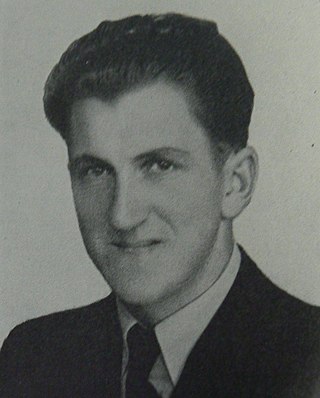
Niels Fiil was a member of the Danish resistance executed by the German occupying power.

Johan Kjær Hansen was a member of the Danish resistance executed by the German occupying power.

Niels Nielsen Kjær was a member of the Danish resistance executed by the German occupying power.
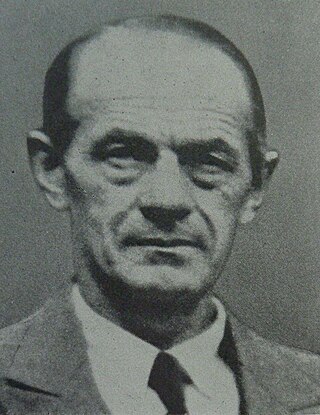
Søren Peter Kristensen was a member of the Danish resistance executed by the German occupying power.
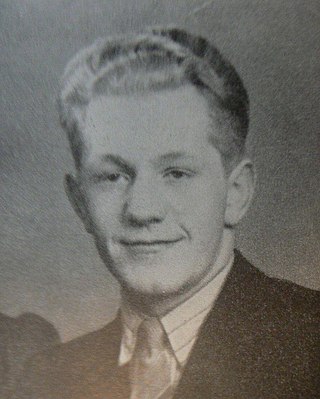
Henning Andersen was a member of the Danish resistance executed by the German occupying power.

Albert Carlo Iversen was a member of the Danish resistance executed by the German occupying power.

Hvidsten Inn is a historic, listed inn, formerly a coaching inn located in Hvidsten between Randers and Mariager.
Gudrun Fiil was inn keeper at Hvidsten Inn and member of the Danish resistance, whose husband, son and son-in-law were executed by the German occupying power.
Kirstine Fiil was a convicted member of the Danish resistance as part of the Hvidsten Group, whose husband, father and brother were executed by the German occupying power.
Gerda Søvang Fiil was a convicted member of the Danish resistance, whose father and brother were executed by the German occupying power.

Skæring Hede or Skæring Mindelund is a forest and memorial park in Skæring, the northernmost suburb of Aarhus, Denmark. Skæring Hede was originally a large heath but today only a fraction of it remains as encroaching suburbs and areas with summer houses have gradually taken over much of the natural land in the area, through the 70s and 80s. The remaining area of 8.5 hectares are mainly forest, although some heath do remain, and is managed as a public forest park by Aarhus Municipality. Today Skæring Hede is one of only a few public forests in Skæring and the northernmost park in Aarhus. The forest is mainly mixed pine and birch forest with a number of walking paths crossing through it and it is home to a World War II memorial. Skæring Hede is well known as the place where five Danish resistance fighters were executed during the Second World War in one of the first mass executions during the war. Parking facilities on Åstrup Strandvej.
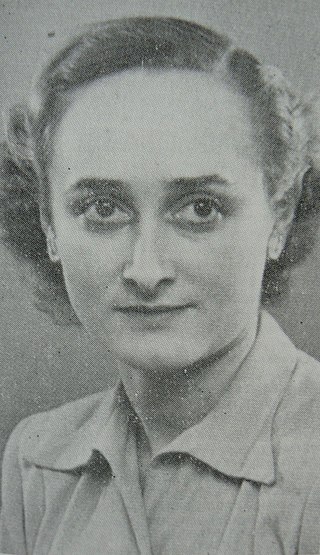
Edith Bonnesen née Andersen (1911–1992) was a Danish civil servant who, under the German occupation of Denmark in World War II, became a member of the Danish resistance. She contributed to the illegal newspaper De frie Danske, worked for the Danish-Swedish Refugee Service and joined the British Special Operations Executive (SOE). Arrested but released on several occasions, she made a dramatic escape from Copenhagen's Gestapo headquarters in August 1944.

Jens Lillelund was a Danish resistance leader and fighter during World War II (1939–1945), including working with the Special Operations Executive (SOE), a secret British organization. His activities included contributing to a resistance publication, sabotage, rescuing Jews, managing logistics, and military training. He was a founder of the Holger Danske resistance organization. The size of the group fluctuated as some were killed or arrested, and the remaining resistance fighters went into hiding. It grew to have more than 300 members. He developed alliances with other Danish resistance groups and the British military which provided a means to obtain weapons and explosives.



















